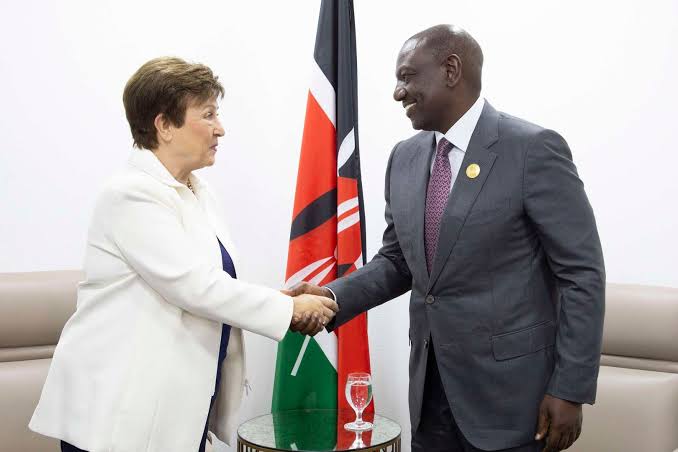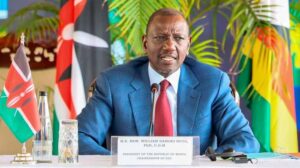Kenya’s domestic debt has risen sharply under President William Ruto’s leadership, growing by about Sh1.8 trillion since he took office in September 2022.
At that time, the domestic debt stood at roughly Sh4.4 trillion. As of July 2025, the figure has grown to Sh6.2 trillion, marking a significant increase in just under three years.
This information is consistent with recent reports by Cytonn Investments and The Star, showing the government’s increasing reliance on borrowing from within the country to fund its operations and development projects.
The major holders of this debt as of July 2025 appear to be commercial banks, which account for around 45 percent. Pension funds follow at 29 percent, while other investors hold 13 percent.
Insurance companies are responsible for about 7 percent of the domestic debt, and state-owned parastatals carry the remaining 6 percent.
This increase in domestic borrowing is largely a result of the government’s effort to reduce the risks that come with borrowing in foreign currencies.

With the Kenyan shilling facing regular fluctuations against the US dollar, borrowing locally helps avoid the additional burden of repaying loans in a stronger foreign currency.
The approach is also meant to protect the country from global shocks and rising international interest rates, which can make external borrowing more expensive.
However, this strategy has raised concerns. When the government borrows heavily from local banks and financial institutions, there’s less credit available for businesses and individuals.
This is known as crowding out the private sector. It can slow down economic activity, especially for small and medium-sized enterprises that depend on bank loans to operate and grow.
At the same time, when institutions like pension funds and insurance companies tie a large part of their money to government securities, their financial health becomes closely linked to the state’s ability to repay its debts.The broader concern is that while domestic borrowing might look safer, it still adds to the country’s overall debt burden.
Kenya’s total public debt, both local and foreign, has reached worrying levels around Sh11.5 trillion by July 2025.
Experts warn that with a debt-to-GDP ratio of nearly 70 percent, Kenya could be approaching a point of debt distress, especially since the International Monetary Fund considers 55 percent the warning limit for developing countries.
While shifting to domestic borrowing may protect Kenya from global financial shocks, the rapid increase in debt under President Ruto’s government raises serious questions about long-term sustainability, the availability of funds for public services, and the general health of the economy.
It’s a path that needs careful balance to avoid harming the very sectors the government hopes to develop.





















Add Comment